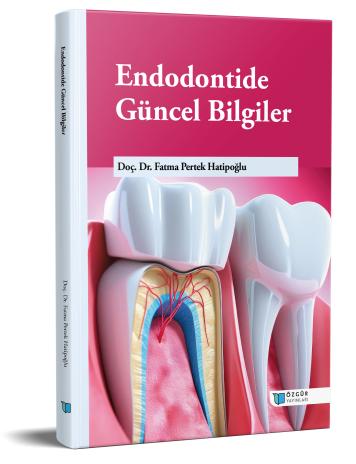
Computer Controlled Local Anesthesia in Endodontics
Chapter from the book:
Pertek Hatipoğlu,
F.
(ed.)
2025.
Current Advances in Endodontics.
Synopsis
Local anesthesia is widely used in dentistry to ensure that patients are treated painlessly. Patients' fear of local anesthesia may cause them to avoid treatment. This can lead to deterioration of oral and dental health and more complicated treatments. Pain during local anesthesia is usually caused by the inability to control the pressure during injection. Tissue pH and the condition of the affected tooth are also factors affecting the success of dental anesthesia. It is especially difficult to provide anesthesia in mandibular molars with irreversible pulpitis. When these patients are anxious and fearful of dental procedures, it can be very difficult to manage the treatment. Some anesthesia techniques can be used to manage such situations and increase the success of anesthesia. Computer-assisted local anesthesia techniques, which have become widespread in recent years, reduce pain and anxiety. Many devices have been introduced in the market for this purpose. In computer-assisted local anesthesia, the rate and pressure at which the anesthetic solution is delivered to the tissue can be controlled, resulting in a more painless and comfortable process for the patient.

